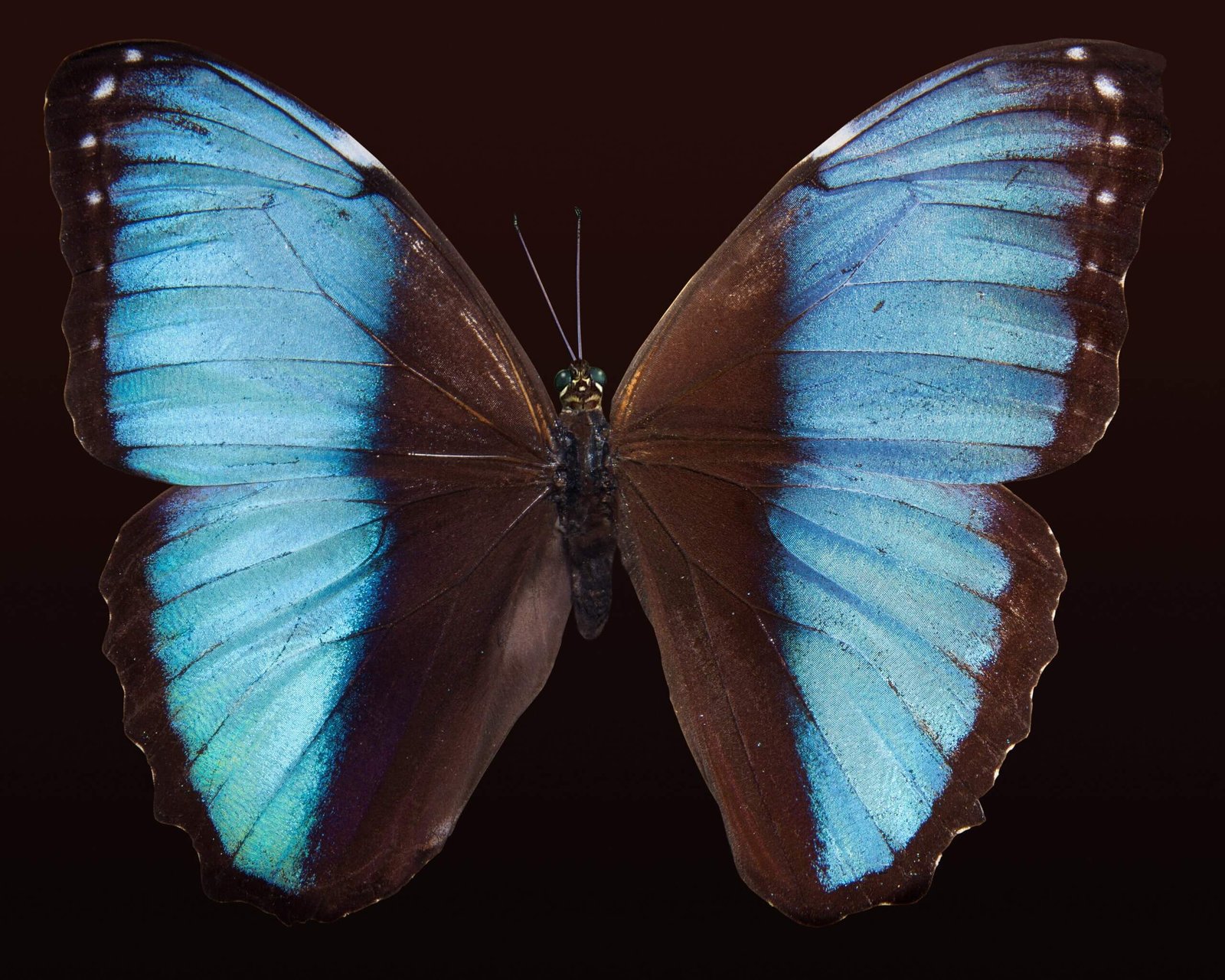If you want to create a thriving garden that is free from pests and diseases, attracting beneficial insects is the key. These helpful bugs not only assist in pollination but also act as natural pest control, reducing the need for harmful chemicals. From ladybugs to lacewings, this article will provide you with valuable tips on how to attract these beneficial insects to your garden. By implementing these simple strategies, you can create a harmonious ecosystem that promotes the health and vitality of your plants. So, grab your gardening gloves and get ready to welcome these friendly helpers into your backyard oasis.
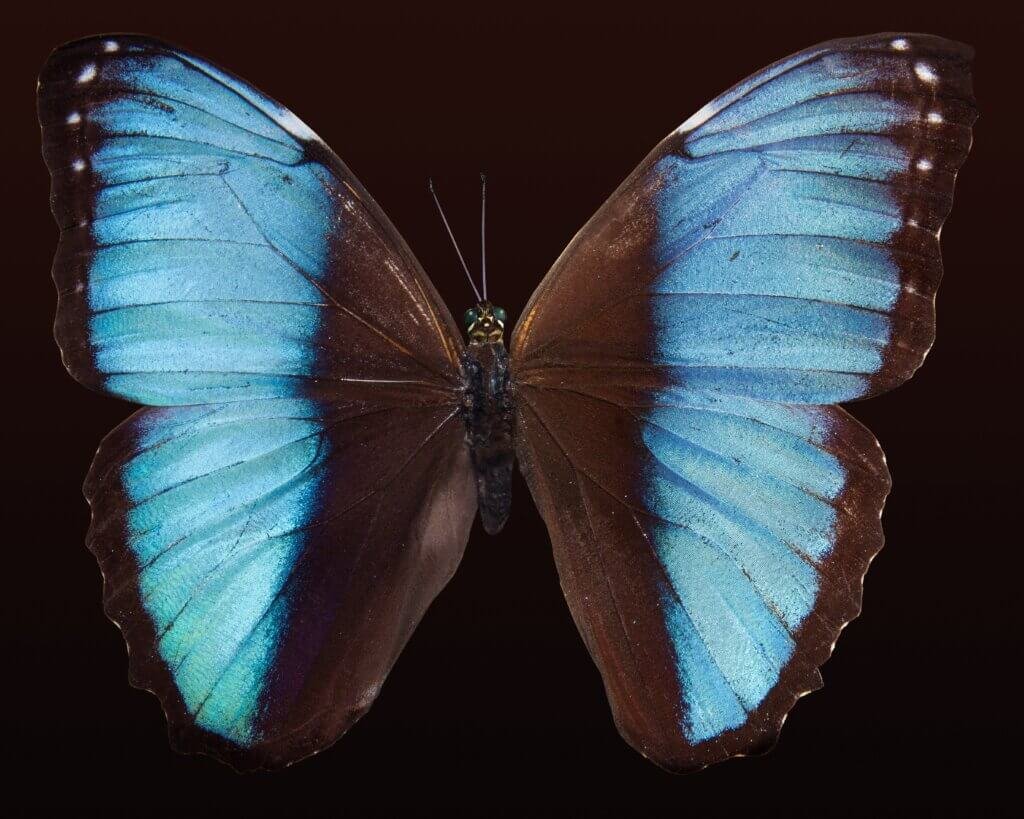
Importance of Beneficial Insects
Beneficial insects play a crucial role in maintaining the overall health and balance of our garden ecosystems. These tiny creatures act as natural pest control agents, helping to keep harmful insects and pests in check. In addition to their pest control services, beneficial insects also contribute to pollination, making them an essential part of successful plant reproduction. By attracting and promoting the presence of beneficial insects in your garden, you can create a harmonious and thriving environment for both plants and animals.
Types of Beneficial Insects
There are numerous types of beneficial insects, each specializing in different roles within the ecosystem. Some common beneficial insects include ladybugs, lacewings, hoverflies, ground beetles, praying mantises, and bees. These insects help control pests such as aphids, mites, caterpillars, and even weed seeds. By attracting a diverse range of beneficial insects, you can ensure effective pest management while reducing the need for chemical pesticides in your garden.
Benefits of Having Beneficial Insects in Your Garden
Having beneficial insects in your garden offers a multitude of benefits for both the plants and the gardener. These insects act as natural enemies of harmful pests, reducing or eliminating the need for chemical pesticides, which can be harmful to the environment and human health. By relying on beneficial insects for pest control, you can create a healthier garden with less reliance on synthetic chemicals.
Furthermore, beneficial insects play a crucial role in pollination, which is essential for the reproduction of many plants. By attracting bees, butterflies, and other pollinators to your garden, you can enhance the overall productivity and yield of your plants. This increased pollination can lead to larger fruits, healthier plants, and an abundance of seeds for future generations.
Creating a Welcoming Habitat
To attract beneficial insects to your garden, it is vital to create a welcoming habitat that meets their needs for shelter, food, and water. Here are some tips to help you create an inviting environment for these helpful creatures.
Selecting the Right Plants
Choose a variety of plants that provide food and shelter for beneficial insects. Opt for native plants that are well-adapted to your local climate and soil conditions. Native plants often have a symbiotic relationship with local insects, making them an attractive food source and shelter option. Additionally, consider plants with small flowers that provide easy access to nectar and pollen for insects.
Providing Shelter and Water Sources
Include features in your garden that provide shelter and water for beneficial insects. Plant dense vegetation, such as shrubs or ornamental grasses, which can serve as hiding places and protection from predators. You can also create insect hotels or bee houses, offering small cavities for solitary bees and other insects to lay their eggs. Additionally, place shallow dishes filled with water around the garden to serve as water sources for thirsty insects.
Avoiding Pesticides and Chemicals
One of the most important steps in attracting beneficial insects is to avoid using pesticides and chemicals in your garden. These substances can harm and even kill beneficial insects, disrupting the delicate ecosystem balance. Instead, practice organic gardening methods, such as crop rotation, companion planting, and handpicking pests. By minimizing or eliminating pesticide use, you can create a safer and more attractive habitat for beneficial insects to thrive in.
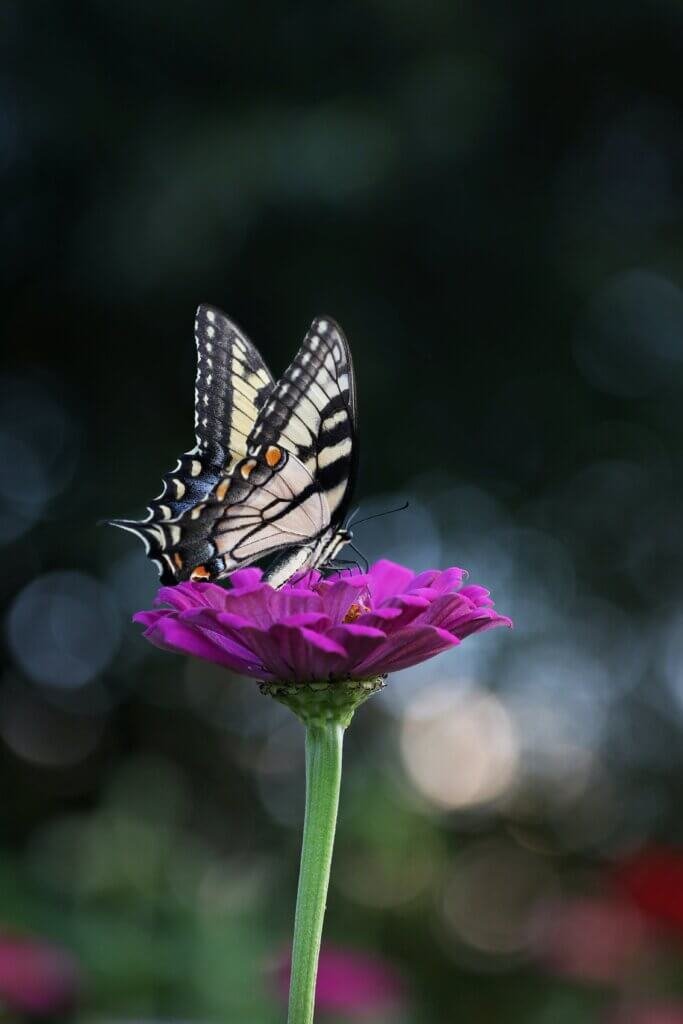
Using Native Plants
One of the best ways to attract and support beneficial insects in your garden is by incorporating native plants into your landscaping. Native plants are well-suited to local conditions and have evolved alongside native insects, creating a mutually beneficial relationship. Here’s why using native plants is beneficial and how to effectively incorporate them into your garden.
Benefits of Native Plants
Native plants are adapted to the local climate, soil conditions, and insect populations. This makes them excellent food sources for beneficial insects, as they often provide the necessary nectar, pollen, and shelter for these creatures. By planting native species, you can attract a diverse array of beneficial insects that will assist in pollination and pest control, improving the health and biodiversity of your garden ecosystem.
Choosing Native Plants
When selecting native plants for your garden, consider the specific needs and preferences of the beneficial insects you wish to attract. Research which plants are particularly attractive to certain insects and focus on incorporating those into your garden. Opt for a mix of flowering plants that provide a consistent source of nectar and pollen throughout the growing season. Variety is key, as different insects have different preferences for colors, shapes, and sizes of flowers.
Planting and Maintaining Native Plants
When planting native plants, pay attention to their specific requirements for sunlight, water, and soil conditions. Properly prepare the planting area by removing weeds and loosening the soil before planting. Provide adequate water during the establishment period and mulch around the plants to conserve moisture and suppress weed growth. Regularly monitor the health of your native plants and address any issues promptly to ensure they thrive and continue to attract beneficial insects to your garden.
Attracting Butterflies
Butterflies are not only beautiful additions to any garden but also valuable pollinators. By providing a welcoming habitat for butterflies, you can enjoy their stunning colors and graceful flights while promoting the health and diversity of your garden. Here are some tips on how to attract butterflies to your garden.
Planting Nectar-rich Flowers
Butterflies feed on nectar, so planting flowers with abundant nectar sources is essential. Choose flowers with bright colors and open, shallow flowers that are easily accessible to butterflies. Some butterfly-attracting flowers include milkweed, butterfly bush, asters, coneflowers, and zinnias. By planting a variety of nectar-rich flowers, you can entice a diverse range of butterfly species to visit your garden.
Providing Host Plants for Caterpillars
To attract butterflies, it is crucial to provide host plants for caterpillars. Most butterfly species lay their eggs on specific plants that serve as food sources for their larvae. Research the butterfly species in your region and find out which plants are their preferred host plants. Incorporate these plants into your garden to provide a place for butterfly eggs to hatch and caterpillars to feed, ensuring a steady population of butterflies throughout the season.
Creating Butterfly Puddling Areas
Butterflies also require water and essential minerals for their survival. Create a butterfly puddling area by placing a shallow dish or container in your garden. Fill it with sand or small rocks and pour water into it until it is slightly moist. The minerals dissolved in the water will attract butterflies, and they will gather to drink and absorb the vital nutrients. Regularly replenish the water in the puddling area to ensure a constant supply for visiting butterflies.
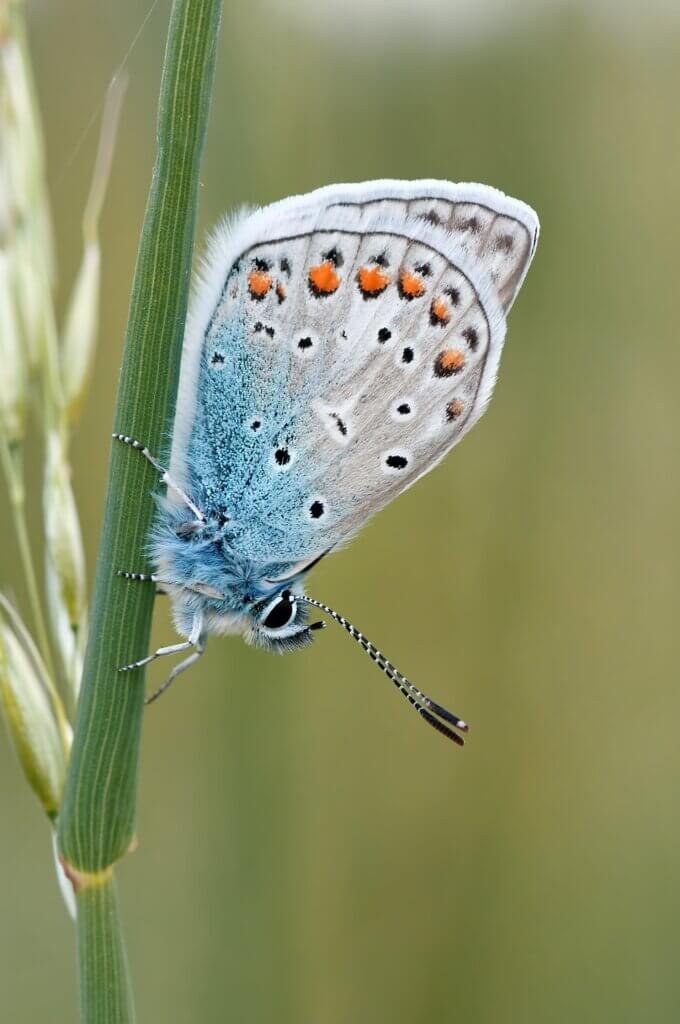
Attracting Bees
Bees are not only important pollinators but also fascinating creatures to observe in the garden. By attracting bees to your garden, you can support their populations while reaping the benefits of increased pollination. Here are some tips to attract bees to your garden.
Including a Variety of Flowering Plants
Bees are attracted to a wide range of flowers, so including a diverse selection of flowering plants in your garden is key. Plant flowers that bloom at different times throughout the growing season, ensuring a continuous supply of nectar and pollen. Native plants are particularly attractive to bees, as they have evolved alongside each other and developed mutually beneficial relationships. Aim for a mix of flower colors, shapes, and sizes to cater to different bee species.
Avoiding Hybrid Flowers
While hybrid flowers may offer vibrant colors and unique shapes, they often lack the essential attributes that attract bees. Many hybrid flowers have been bred to focus on aesthetics, sacrificing nectar and pollen production in the process. To maximize bee attraction, opt for heirloom or open-pollinated varieties of flowers, as they are more likely to provide the necessary resources.
Providing Bee Houses
Certain bee species are solitary and prefer to nest in pre-existing cavities or holes in wood. By providing bee houses, you can create an inviting habitat for these beneficial insects. Bee houses can be constructed using untreated wood with holes drilled in various diameters, or they can be purchased commercially. Place bee houses in a sunny spot in your garden and ensure they are securely mounted. By offering nesting sites, you can support the local bee populations and enhance pollination in your garden.
Attracting Ladybugs
Ladybugs, also known as ladybirds or lady beetles, are highly effective predators of aphids, mites, and other garden pests. By attracting ladybugs to your garden, you can reduce the need for chemical pesticides and enjoy a natural form of pest control. Here’s how to invite ladybugs into your garden.
Planting Pollen-rich Flowers
Ladybugs feed on both pests and pollen, so planting flower varieties that produce abundant pollen is essential. Flowers such as dill, yarrow, calendula, and fennel offer both a food source and a habitat for ladybugs. By incorporating these plants into your garden, you create an environment that attracts and sustains ladybugs, encouraging them to stay and help keep your garden pest-free.
Avoiding Pesticides
Pesticides can be harmful to beneficial insects, including ladybugs. Their indiscriminate use can disrupt the natural balance of your garden ecosystem and inhibit the population growth of these natural pest control agents. Instead of relying on chemical pesticides, consider using organic pest management methods, such as handpicking pests or using insecticidal soaps, which target pests while sparing beneficial insects like ladybugs.
Installing Ladybug Houses
Ladybugs require shelter during the winter months and can benefit from the presence of ladybug houses in your garden. These small wooden structures provide a place for ladybugs to overwinter, hibernating until spring when they resume their pest-consuming activities. Ladybug houses can be purchased or easily constructed using untreated wood and provide small openings for ladybugs to enter and exit. Place these houses in a sheltered location, such as near shrubs or trees, to provide a protected space for ladybugs in your garden.

Attracting Lacewings
Lacewings are voracious predators of aphids, mealybugs, thrips, and other soft-bodied pests. By attracting lacewings to your garden, you can naturally control these pests and maintain a healthy plant environment. Here’s how to attract lacewings to your garden.
Planting Flowering Plants with Tiny Flowers
Lacewings are attracted to plants that produce plenty of nectar and pollen. Flowers with tiny blooms, such as yarrow, dill, alyssum, and angelica, are particularly attractive to lacewings. Plant these species in your garden to provide a consistent food source and habitat for lacewings, enticing them to stay and help control pest populations.
Creating a Damp Environment
Lacewings prefer a damp environment, so providing a water source in your garden can increase their presence. Place shallow dishes of water or small birdbaths filled with clean water among your plants. This will not only attract lacewings but also provide water for other beneficial insects and birds that contribute to a healthy garden ecosystem.
Avoiding Chemical Sprays
As with other beneficial insects, it is essential to avoid using chemical sprays that may harm or kill lacewings. Pesticides can have detrimental effects on lacewing populations and disrupt the natural pest control balance in your garden. Opt for organic pest management methods, such as the use of insecticidal soaps or neem oil, to target specific pests while sparing lacewings and other beneficial insects.
Attracting Ground Beetles
Ground beetles are nocturnal predators that feed on slugs, snails, caterpillars, and other pests that reside in the soil. By attracting ground beetles to your garden, you can naturally control these pests and improve the health of your plants. Here are some tips to attract ground beetles.
Mulching to Provide Shelter
Ground beetles require shelter during the day, so providing suitable hiding places can encourage them to stay in your garden. Apply a layer of organic mulch around the base of your plants, which will provide a habitat for ground beetles and protect them from extreme temperatures. You can use materials such as wood chips, straw, or shredded leaves to create a beneficial environment for ground beetles.
Keeping the Garden Organic
Ground beetles are sensitive to chemical pesticides, which can harm or kill them. To attract and support ground beetle populations, it is important to maintain an organic garden, free from synthetic chemicals. Employ cultural practices like crop rotation, companion planting, and manually removing pests to manage pest populations without relying on harmful pesticides.
Avoiding Excessive Lighting
Ground beetles are nocturnal insects that prefer darkness. Excessive artificial lighting can disrupt their natural behavior and deter them from your garden. Minimize or eliminate unnecessary lighting in your garden to create a more hospitable environment for ground beetles. If you need outdoor lighting, opt for motion-activated or dimmable fixtures that provide sufficient illumination when needed but minimize light pollution during the night.
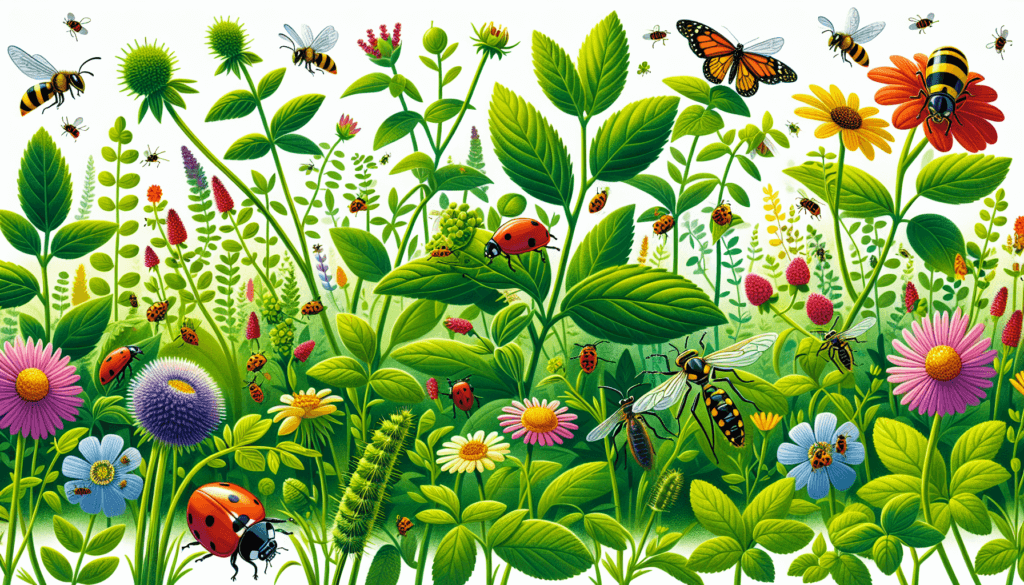
Attracting Hoverflies
Hoverflies, also known as flower flies, are excellent pollinators and voracious consumers of aphids and other soft-bodied pests. By attracting hoverflies to your garden, you can enhance pollination and naturally control pest populations. Here’s how to invite hoverflies into your garden.
Planting Flowers with Open Centers
Hoverflies are attracted to flowers with open centers, where they can easily access nectar and pollen. Flowers like sunflowers, marigolds, daisies, and asters are particularly appealing to hoverflies. Plant a variety of these flowers in your garden to create an enticing habitat for hoverflies and improve the overall biodiversity of your garden.
Including Early and Late Blooming Plants
Hoverflies are active throughout the growing season, so it is important to provide a continuous source of nectar and pollen. Include early blooming plants, such as crocuses and primroses, as well as late blooming plants like sedums or asters. By diversifying the bloom times of your flowers, you can attract hoverflies during different stages of their lifecycle, ensuring a thriving population in your garden.
Avoiding Pesticides
Pesticides can harm hoverflies, disrupting their natural behaviors and reducing their populations. Opt for organic pest control methods instead and practice Integrated Pest Management (IPM) techniques, such as using beneficial insects like hoverflies to control pest outbreaks. By avoiding the use of harmful pesticides, you can promote a healthy and balanced garden ecosystem where hoverflies can thrive.
Attracting Praying Mantises
Praying mantises are iconic insects known for their unique appearance and predatory behavior. By attracting praying mantises to your garden, you can benefit from their pest control services and witness their fascinating hunting techniques. Here’s how to invite praying mantises into your garden.
Planting a Variety of Flowers
Praying mantises are generalist predators and will feed on a variety of insects, including harmful pests. Planting a diverse range of flowers in your garden can attract a wide assortment of beneficial insects, providing a food source for praying mantises. The presence of these food sources will encourage mantises to stay and become regular residents in your garden.
Providing Structures for Egg Laying
Praying mantises lay their eggs in protective cases known as egg cases or oothecae. These egg cases are often attached to plants or other structures in the garden. To attract praying mantises, provide suitable structures for egg laying, such as tall grasses, twigs, or shrubs. Resist the temptation to remove these egg cases during winter garden cleanups, as they contain the future generation of mantises.
Avoiding Insecticides
Praying mantises are beneficial insects that help control pest populations naturally. To attract and maintain mantis populations in your garden, it is crucial to avoid using insecticides that can harm or kill these beneficial creatures. Instead, practice organic pest management methods, such as the use of natural predators, traps, or physical removal, to manage pest populations effectively.
In conclusion, attracting beneficial insects to your garden is a win-win situation. These tiny creatures offer natural pest control and increase pollination, leading to healthier plants and a more vibrant ecosystem. By creating a welcoming habitat, using native plants, and implementing specific strategies for attracting different beneficial insects, you can transform your garden into an oasis of biodiversity, beauty, and sustainability. So, roll up your sleeves, implement these tips, and get ready to reap the rewards of a thriving garden teeming with beneficial insects.

